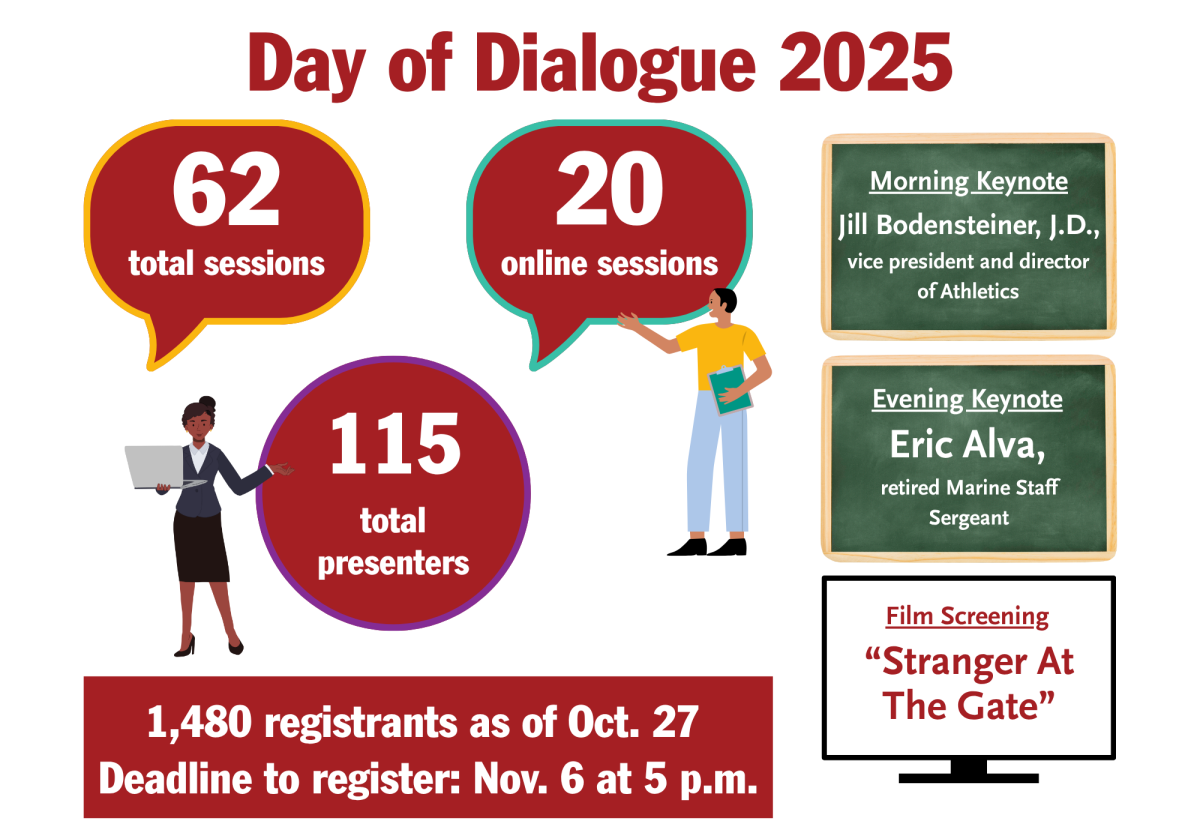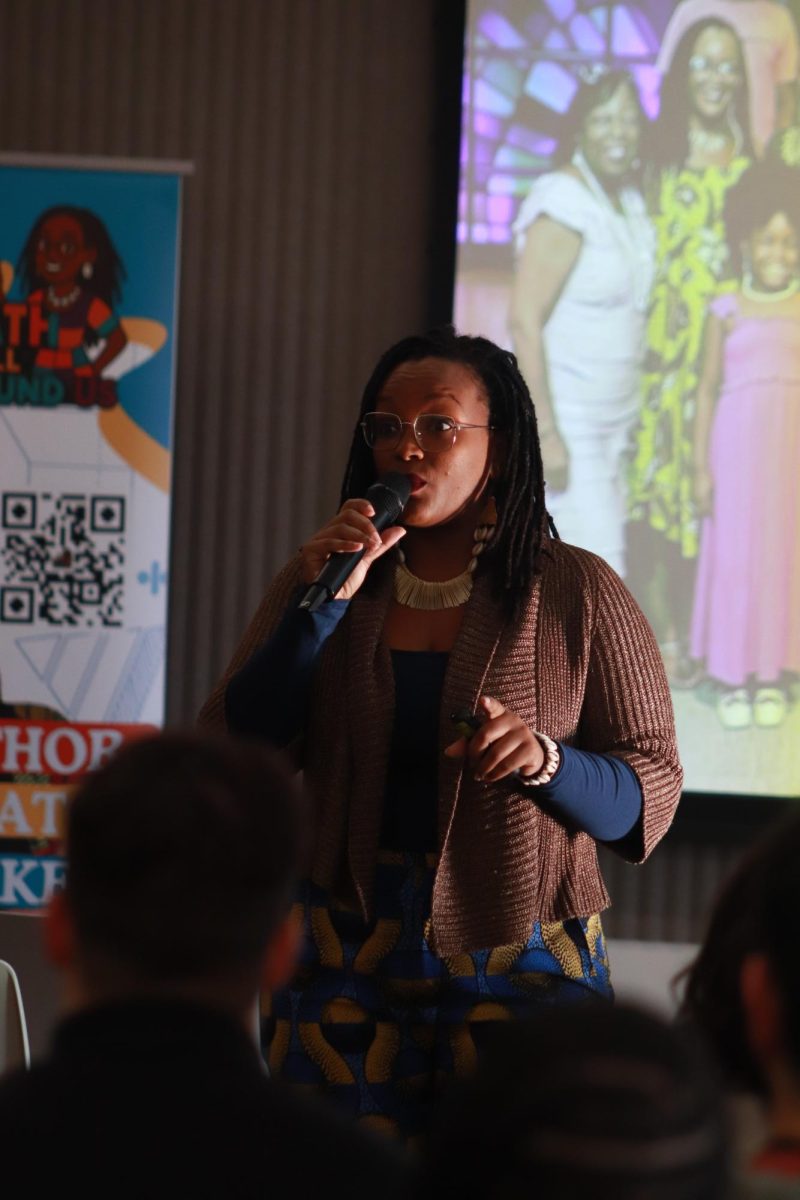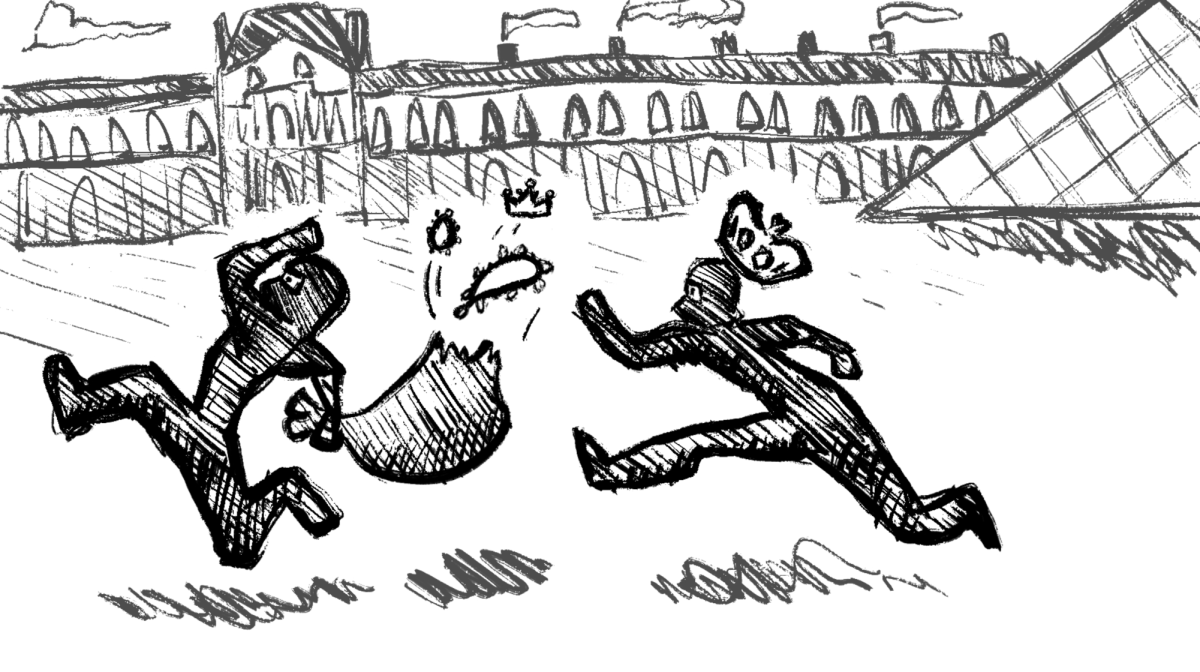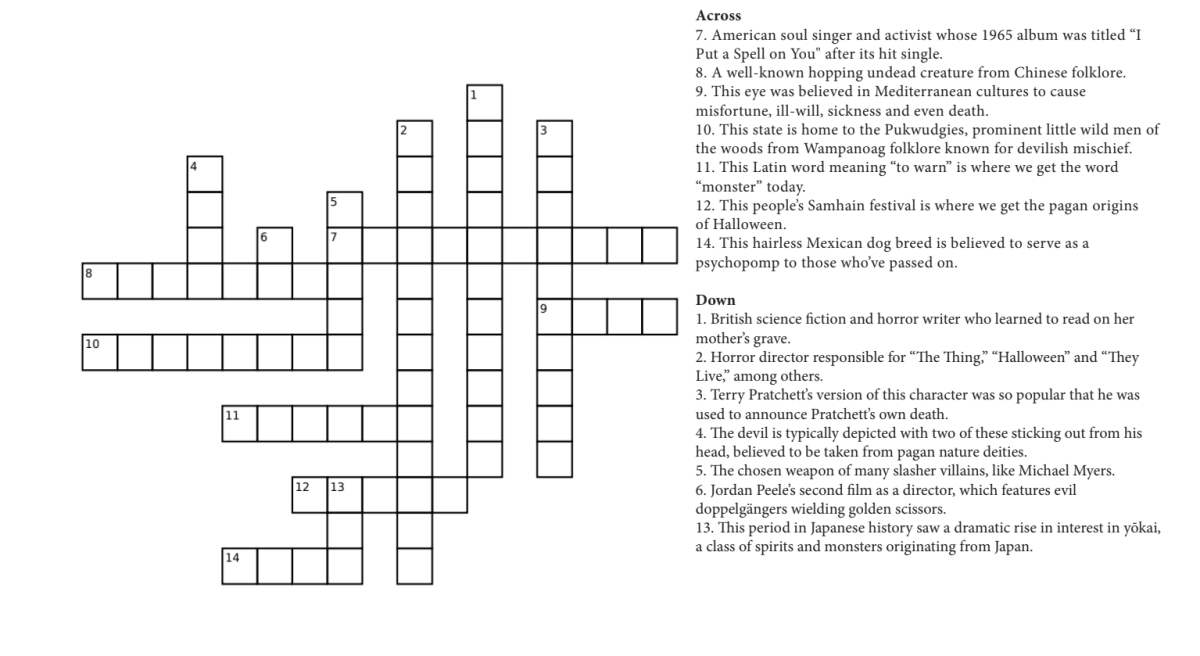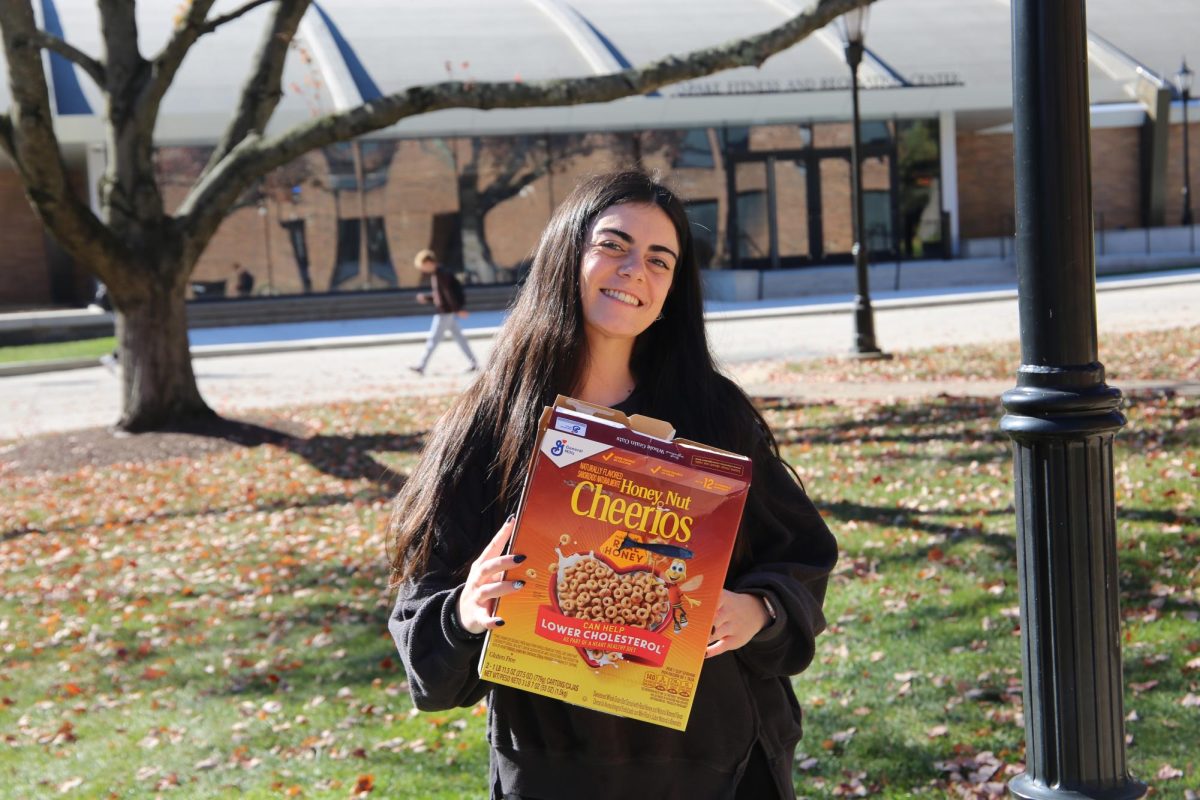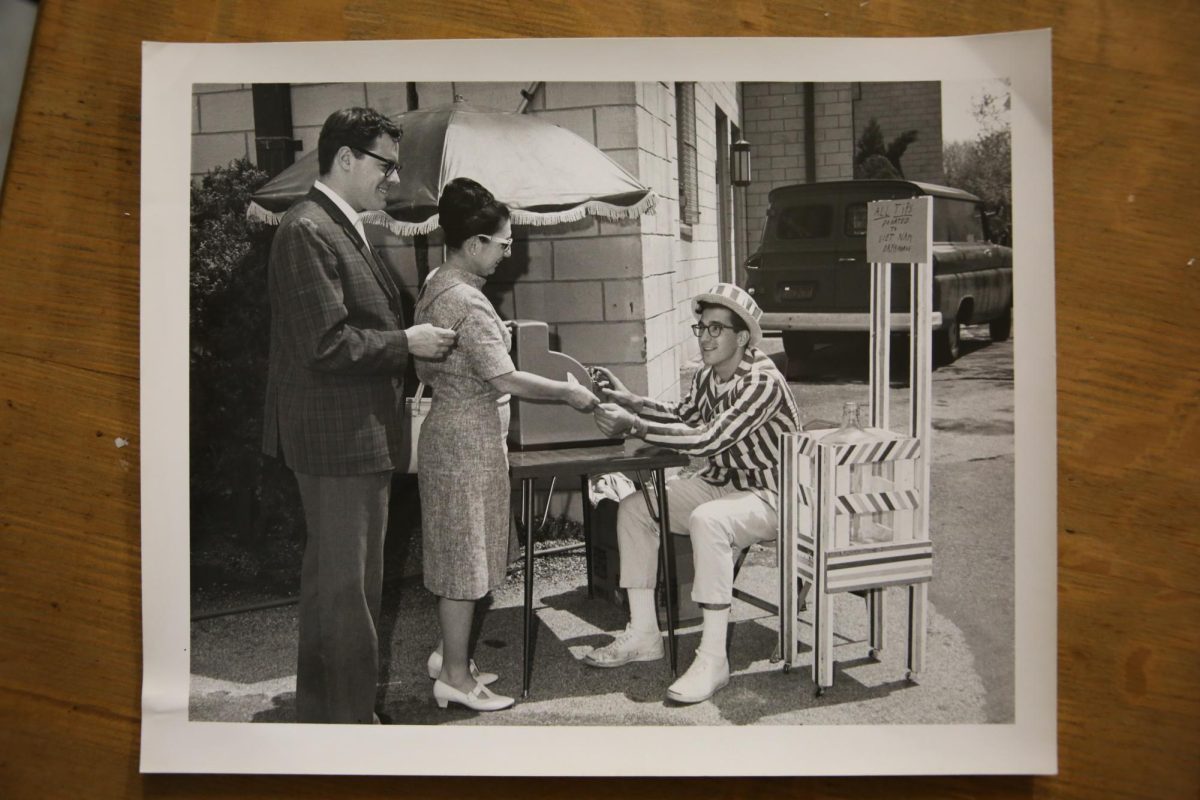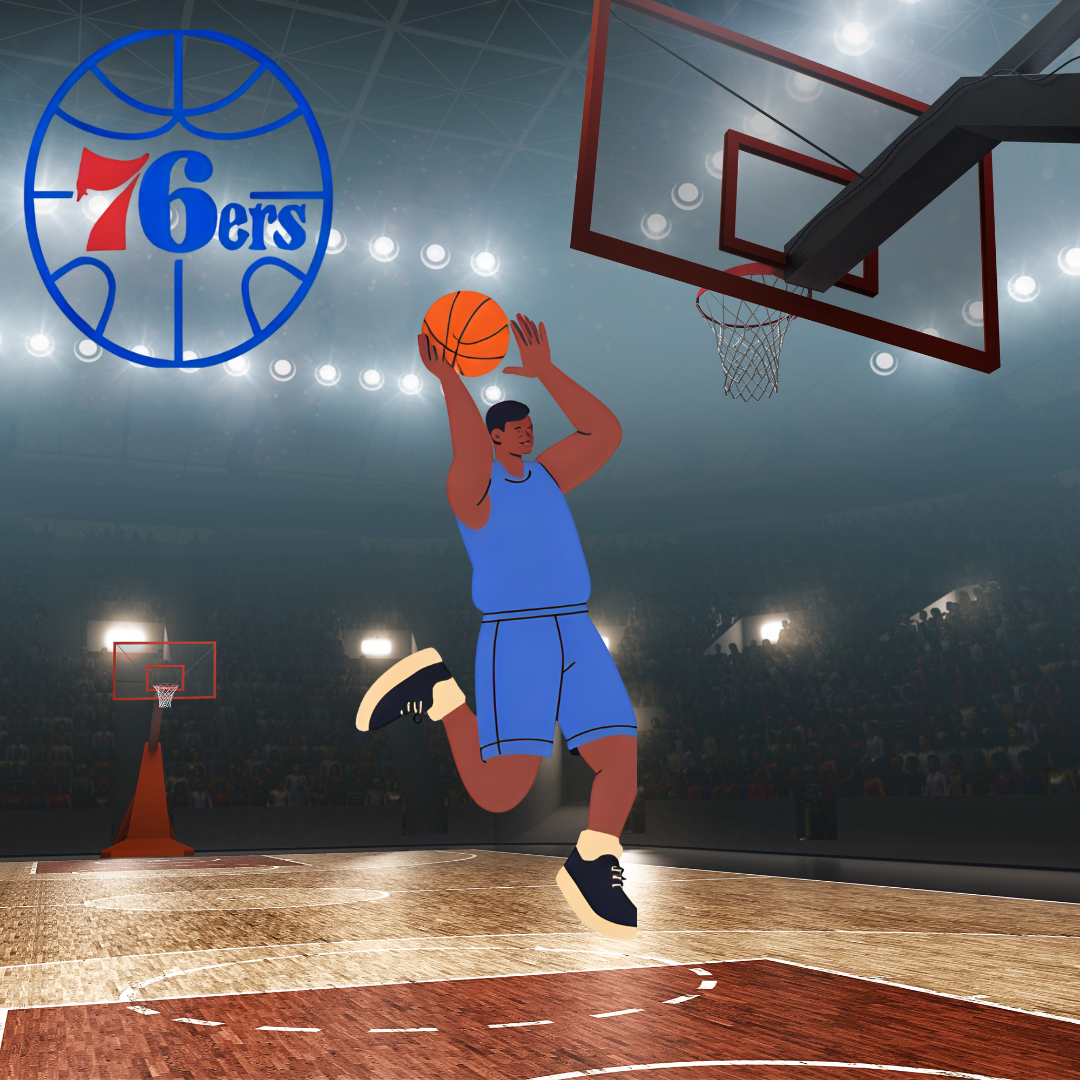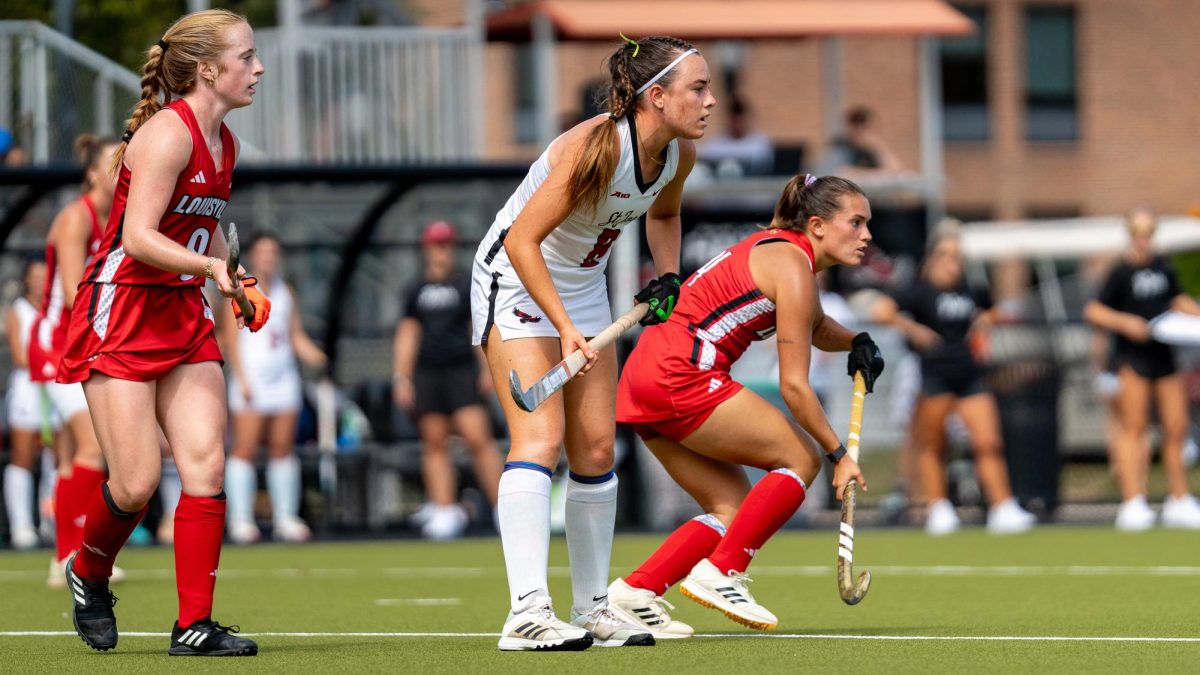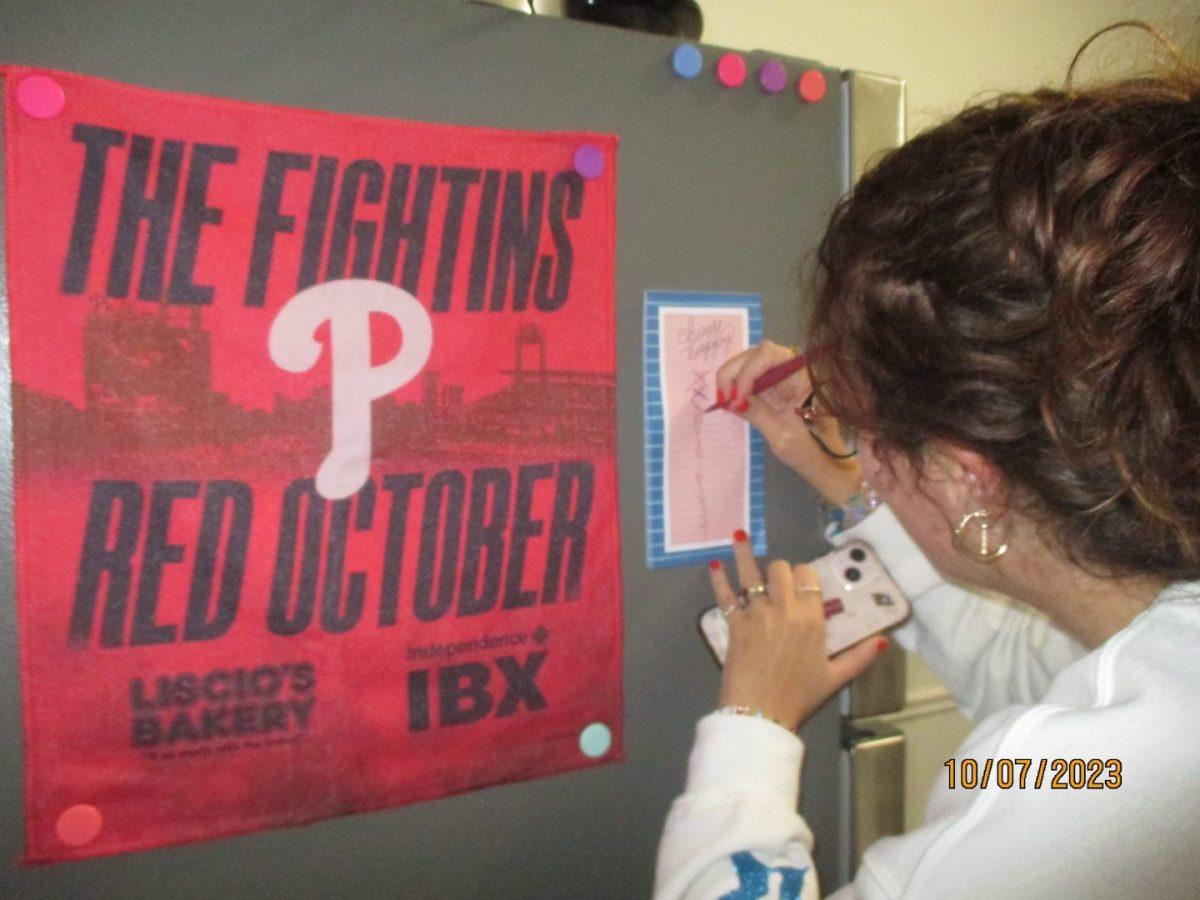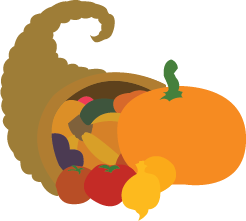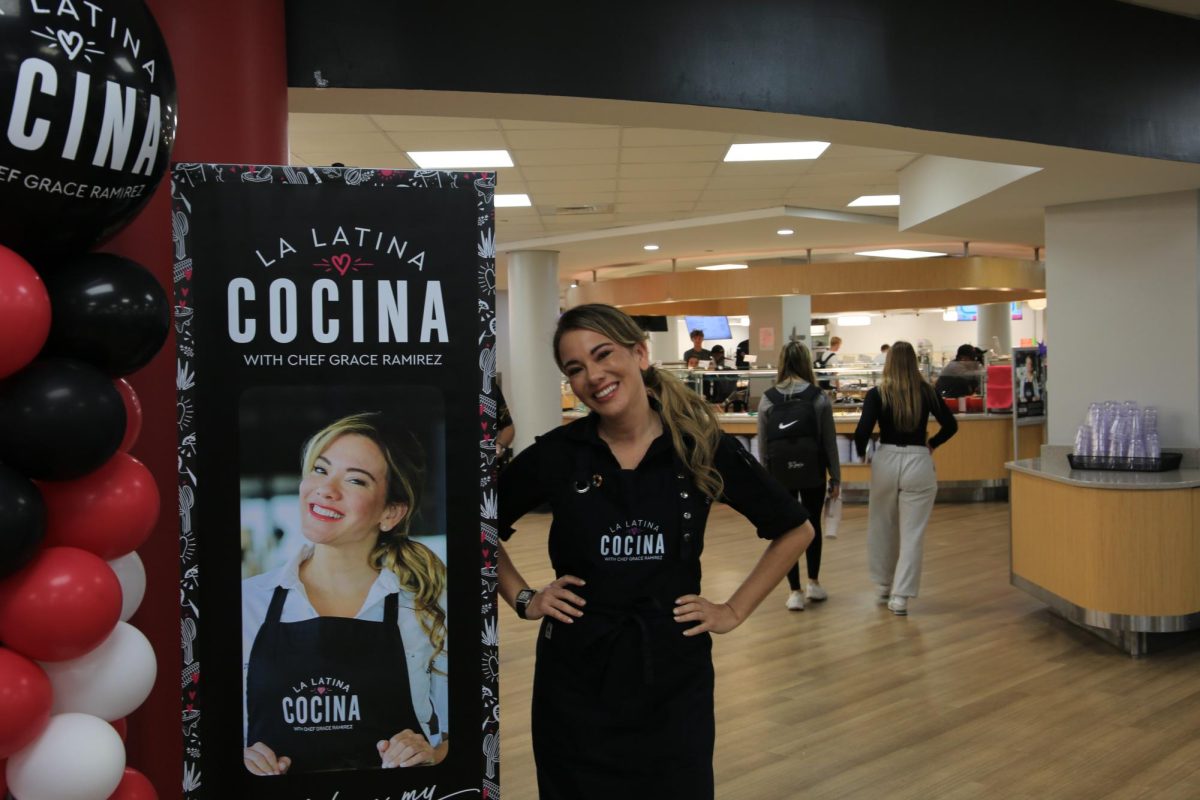While turkey often takes the spotlight in the traditional Thanksgiving table spread, for many people, it’s the side dishes that make the meal complete.
Turkeys have been stuffed with goodness since as far back as the Roman period, but other Thanksgiving sides are rooted in American history, just not the earliest Thanksgiving celebration in the early 17th century, according to Jeff Hyson, Ph.D., assistant professor of history.
“That meal probably featured almost none of what we consider the ‘classic’ Thanksgiving foods, but more likely included corn, squash and beans, the core foods of the local Wampanoag Indians who’d been essential to the Pilgrims’ survival, along with deer and fish,” Hyson said. “No potatoes because they hadn’t been introduced to North America yet. No pies because wheat had yet to be widely cultivated in the New World.”
The whole Thanksgiving turkey-dinner tradition didn’t really take hold until the mid-19th century. Mashed potatoes gained attention in 1863 after President Abraham Lincoln declared Thanksgiving an official American holiday. American writer and editor Sarah Josepha Hale campaigned tirelessly for the declaration and popularized her recipes for Thanksgiving sides. Some historians credit Hale with making mashed potatoes and pumpkin pie a holiday staple.
University President Mark C. Reed, Ed.D., said he is a fan of turkey, along with traditional sides, including mashed potatoes, stuffing and gravy.
“Mixing all four together tastes great,” Reed said in an email to The Hawk.
Robert Respes, a product delivery driver for Provisions on Demand (P.O.D), Einstein Bros. Bagels and Starbucks, also is a mixer.
“I always put candied yams and collard greens together,” Respes said.
While mashed potatoes and gravy are regarded as Thanksgiving staples through the U.S., their popularity varies from region to region. In the Northeast, squash is the most popular side dish, according to a 2015 poll from FiveThirtyEight, a popular poll analysis blog. In the South, macaroni and cheese and cornbread are favorites, according to the poll. In the Midwest, it’s green bean casserole and rolls. In most of the West, it’s salad.
In the spirit of the American melting pot, favorite sides also reflect the varied cultures of America seated around the table. Dishes such as yellow rice with gandules, arroz con leche, dressing and candied yams with pineapple are among the many additions to the Thanksgiving traditions celebrated by members of the St. Joe’s community.
Christopher Perez ’19 is Dominican and enjoys the pastelon, a dish similar to lasagna, served at his family’s Thanksgiving.
“It’s made out of plantains, beef, cheddar cheese, olive oil, bell peppers, garlic, cilantro and red onions,” said Perez, who added that in addition to turkey, there’s always a succulent pig at the feast.
Here’s a look at some other favorite sides that members of the St. Joe’s community are looking forward to enjoying at their Thanksgiving celebrations:
“Cornbread stuffing. My mom used to make it, she made the best. And three cheese bacon mac and cheese. I do most of the cooking. I will not divulge [the recipe] until I die. I am the cook.” — Thomas Walter, Public Safety officer
“My mom makes broccoli casserole. It’s my favorite. There’s Ritz crackers for breading on top. It’s really good.” — Celia Hegarty ’21
“Corn casserole, because my parents are from Iowa and I am from Indiana!”— Jill Bodensteiner, J.D. director of athletics
“Dressing with cranberry sauce. It’s yummy, warm. When my mom makes it, it’s on point. It tastes like home because no one makes it like my mom makes it.” — Zoë Welsh ’22
“I always serve the same thing for ‘cheesegiving:’ a round of runny Epoisses (a stinky French cheese washed in brandy) with pears, walnuts, onion jam, toasted baguette rounds and a bottle of white Burgundy. I bring the cheese to room temperature so that it’s nice and soft, then we scoop at it all day while we are cooking. To me, this is a perfect Thanksgiving cheese because it tastes meaty and oniony, which is exactly what you want while you’re hanging around the kitchen. Plus, the strong smell of Epoisses is masked by the smell of turkey and baking spices!” — Tenaya Darlington, professor of English and author of Madame Fromage blog
“My favorite side dishes would be dessert. We have the Spanish flan. It’s made out of eggs, condensed milk, evaporating milk and vanilla extract. The texture is really, really nice. It’s not difficult to break apart. It’s nice and smooth. And then another dessert dish would be arroz con leche. It’s rice with condensed milk and they just boil it until it has this spicy texture. It’s also really good. It knocks you out cold.” — Christopher Perez ’19
“Mashed potatoes with butter. It goes with everything. My cousin is a really good cook, so I love everything she makes.” —Kelly Richter ’20
“My sister-in-law’s string bean casserole. I love green beans and I love the French onion toppings on my casserole.” —Michael Dougherty, Public Safety officer
“Yellow rice with gandules. It’s very specific to my Latino/Hispanic culture. When I go home, I can always count on there being rice. What else am I going to mix everything into? My mom is cooking all day. It starts from the night before, when the turkey is being seasoned with sazon, adobo, pepper and garlic and put in the oven.” — Carla Rodriguez ’20
“In my high carb days, I really enjoyed candied yams, because of the ways in which food tells us about our cultures. My mother made it and taught me, and it combines so much of the diversity of America. My mother is of Cape Verdean descent, so she adds pineapples, orange juice, maple syrup and apples to the recipe to speak to her island roots. The recipe also has a layer of marshmallows on the top, which surprised my wife’s family, who are black Americans as well, when I made it for them. They loved it, but they see the marshmallows and the name as white American. They call it sweet potato casserole. So, in sum, one dish tells us about the diversity of black communities in America, and by extension the complexity of American culture.” — Brian Yates, Ph.D., associate professor of history




